Sputnik | ||||
Sputnik 1 |  Automatic translation Automatic translation | Updated June 01, 2013 | ||
On October 4, 1957 at 19H28 UTC UTC is a time scale between International Atomic Time TAI, stable but disconnected from the Earth's rotation and universal time UT, directly linked to the rotation of the Earth and then slowly variable. The "coordinated" indicates that UTC is in fact identical to TAI (it has the stability and accuracy) to a whole number of seconds by which it can stick to UT to 0.9 s around. It is this notation that is used by ISO 8601. , Semiorka a rocket took off from Baikonur, carrying a small aluminum sphere 58 centimeters in diameter, weighing 83.6 kilograms and equipped with four antennas is Sputnik 1. Sputnik orbits the Earth in 97 minutes, the sphere is filled with inert gas (nitrogen), equipped with a transmitter and a battery giving it 21 days autonomy. The communication system is able to transmit pressure and temperature of nitrogen to test the principles of pressurization and temperature control used. | Making an achievement in science allowed them to double the United States who were about to launch a satellite within the framework of the International Geophysical Year of 1957-1958.
| 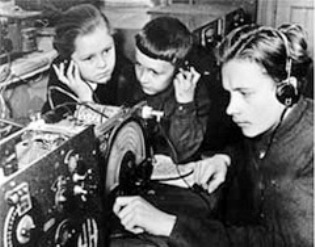 Image: listening to the beep. Sputnik 1 (Спутник 1 "companion" in Russian), launched from Baikonur Cosmodrome (Kazakhstan), October 4, 1957 at 19h28 by the USSR, is the first artificial satellite of humanity. | ||
Sputnik 2 | ||||
Launched November 3, 1957, Sputnik 2, a satellite of 500 kg was taken to space the first living being, the dog Laika. It was shaped like a cone of 4 m in height with a base of 2 m in diameter. | Scientists and the U.S. military are in shock following the announcement, which calls into question their predominance in science. Image: This challenge prompted the United States to give the starting signal of a long adventure, the conquest of space. | 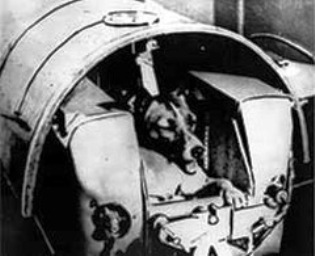 | ||
10 satellites Sputnik | ||||
The USSR launched a total of ten satellites Sputnik, between 1957 and 1961. | The delay of the United States in the field of aerospace, the date of the end of the Second World War. Image: Sputnik 3 | 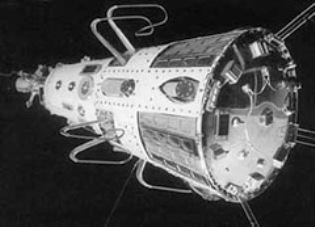 | ||
Years Sputnik | ||||
In the late fifties, in Turin, the brothers Achille and Giovanni Battista Judica-Cordiglia young amateur enthusiasts are busy around a material they have essentially made themselves and play to capture the signals from the cosmos. Thus October 4, 1957, they intercepted the beep-beep of Sputnik into orbit. A month later, they hear the beating heart of the first living creature sent into space, the little Russian dog Laika. Both DIY engineering are soon witness the most unexpected developments of the great space race brought the time of the Cold War. | On May 16, 1961, another record is puzzling that a conversation between a Russian cosmonaut and station control. Horrified by the increasing heat, the woman asks for instructions, then nothing. What happened? Image: The brothers Achille and Giovanni Battista Judica-Cordiglia, young Italian amateur radio enthusiasts. | 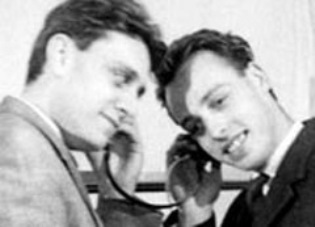 | ||
"The data available on this site may be used provided that the source is duly acknowledged."



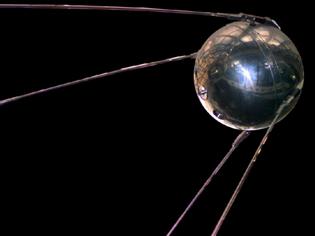
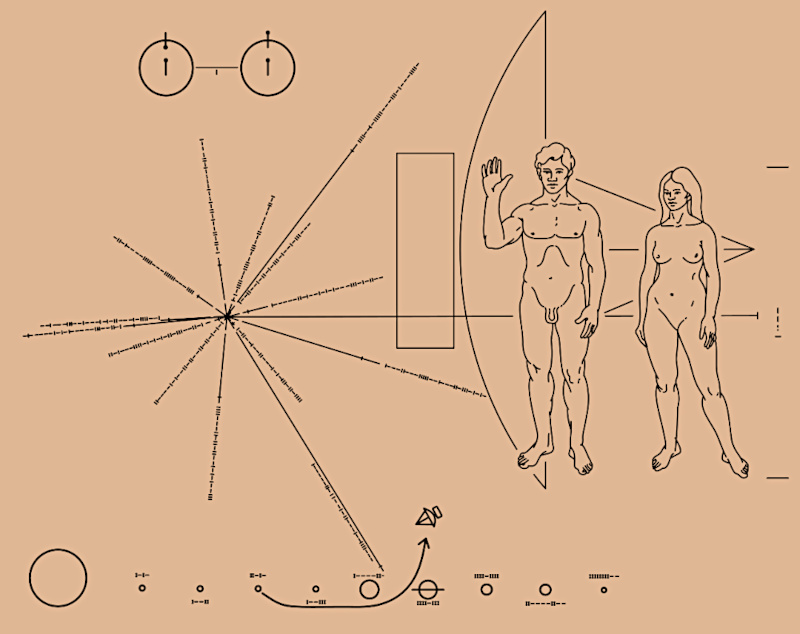 Pioneer, first message to extraterrestrials !
Pioneer, first message to extraterrestrials !
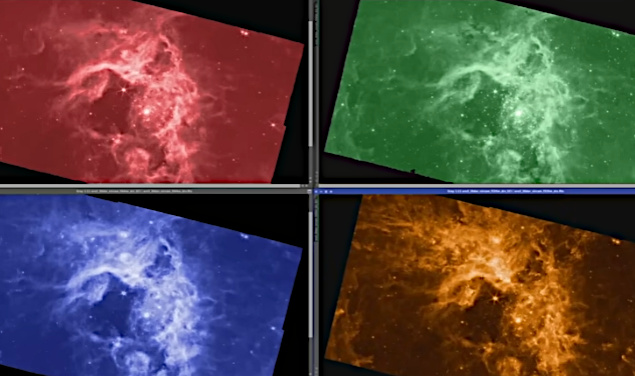 How to see infrared images from JWST?
How to see infrared images from JWST?
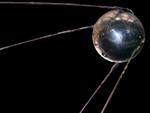 Sputnik, the Russian companion
Sputnik, the Russian companion
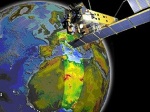 Envisat, the eye high-resolution of the Earth
Envisat, the eye high-resolution of the Earth
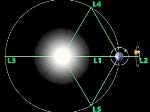 Lagrange points
Lagrange points
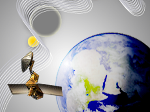 Mars Reconnaissance Orbiter
Mars Reconnaissance Orbiter
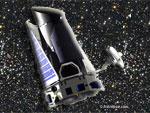 Kepler space telescope in search of life
Kepler space telescope in search of life
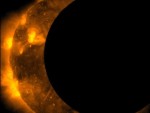 Our satellites also observe eclipses
Our satellites also observe eclipses
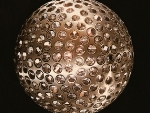 Satellite laser ranging - LAGEOS-1
Satellite laser ranging - LAGEOS-1
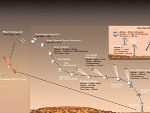 High-risk landing for Curiosity in 2012
High-risk landing for Curiosity in 2012
 Cheops, characteristics of exoplanets
Cheops, characteristics of exoplanets
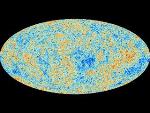 The world of Planck
The world of Planck
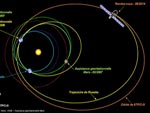 Rosetta or rendezvous with a comet
Rosetta or rendezvous with a comet
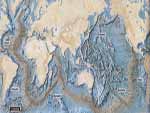 Satellites that measure underwater relief
Satellites that measure underwater relief
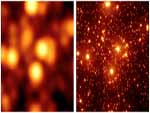 Adaptive optics and laser star
Adaptive optics and laser star
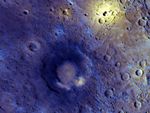 Flyover of Mercury by MESSENGER
Flyover of Mercury by MESSENGER
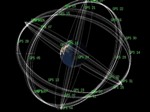 The orbital waltz of GPS satellites
The orbital waltz of GPS satellites
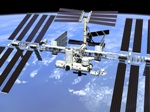 ISS in low Earth orbit at 415 km altitude
ISS in low Earth orbit at 415 km altitude
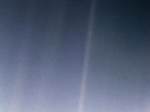 Voyager 1 leaves us without looking back
Voyager 1 leaves us without looking back
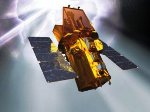 Space telescopes are the eyes of the Earth
Space telescopes are the eyes of the Earth
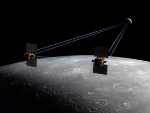 What is a space probe?
What is a space probe?
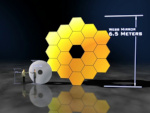 JWST in the depths of space
JWST in the depths of space
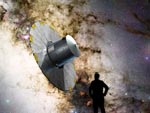 The GAIA satellite maps the Milky Way
The GAIA satellite maps the Milky Way
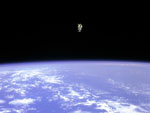 Free flight in space
Free flight in space
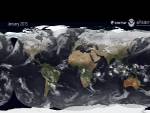 How to calculate the synchronous orbit?
How to calculate the synchronous orbit?
 Modern cathedrals
Modern cathedrals
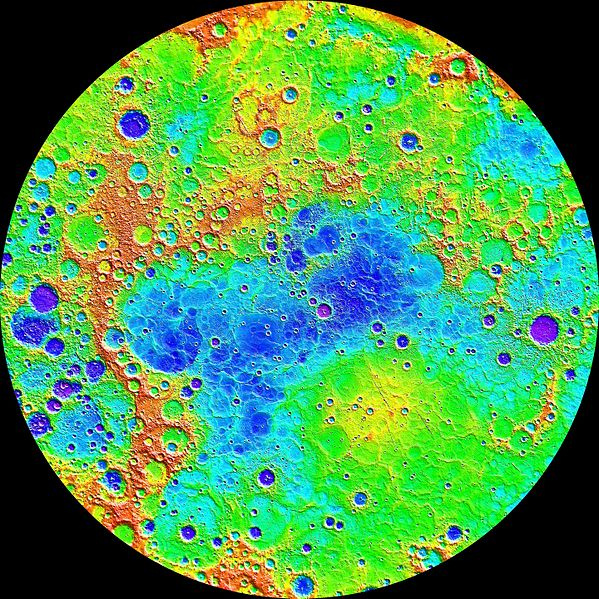 Mercury probes
Mercury probes
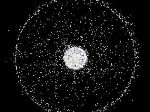 Space debris are increasing exponentially
Space debris are increasing exponentially
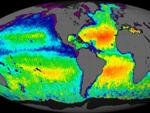 New image of ocean salinity
New image of ocean salinity
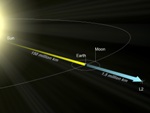 The End of the Dark Ages with JWST
The End of the Dark Ages with JWST
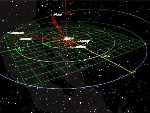 Orbits of celestial objects (Apsis)
Orbits of celestial objects (Apsis)
 Even finer images for METEOSAT
Even finer images for METEOSAT
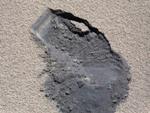 Curiosity, the first shovel, sample of Martian soil
Curiosity, the first shovel, sample of Martian soil
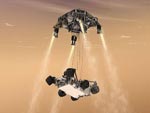 Probes of Mars
Probes of Mars
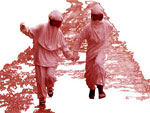 Living on the planet Mars
Living on the planet Mars
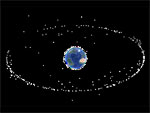 Where is the geostationary orbit?
Where is the geostationary orbit?
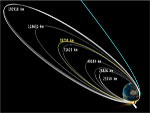 MOM, the technological demonstration
MOM, the technological demonstration
 Venus probes
Venus probes
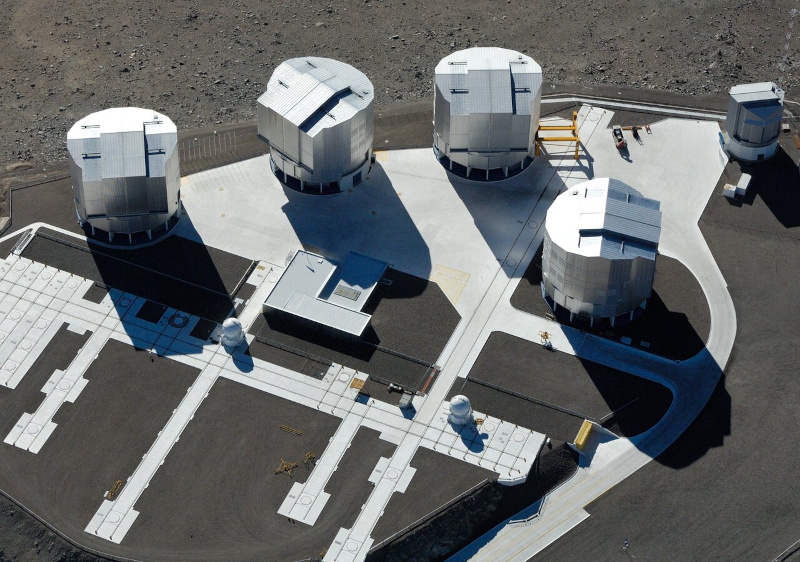 What is an interferometer?
What is an interferometer?